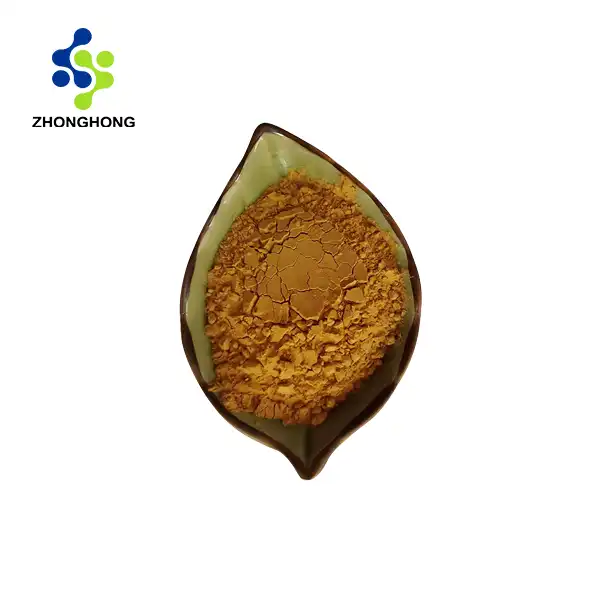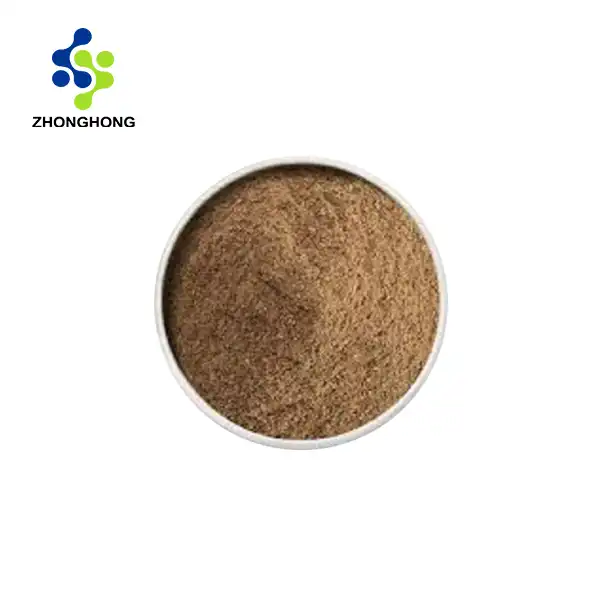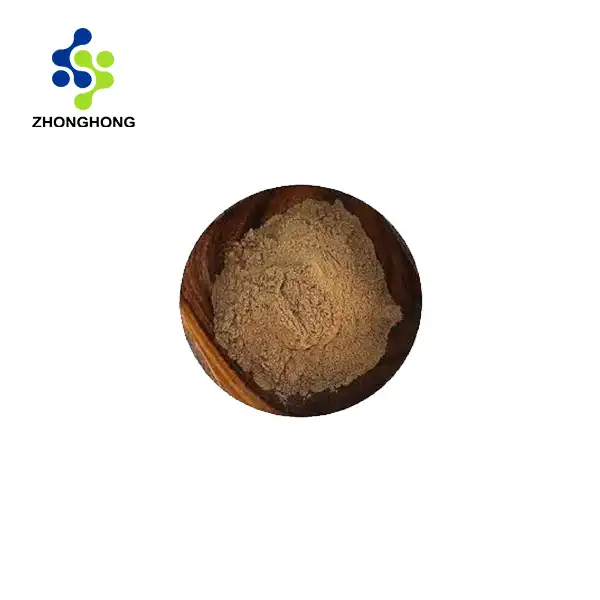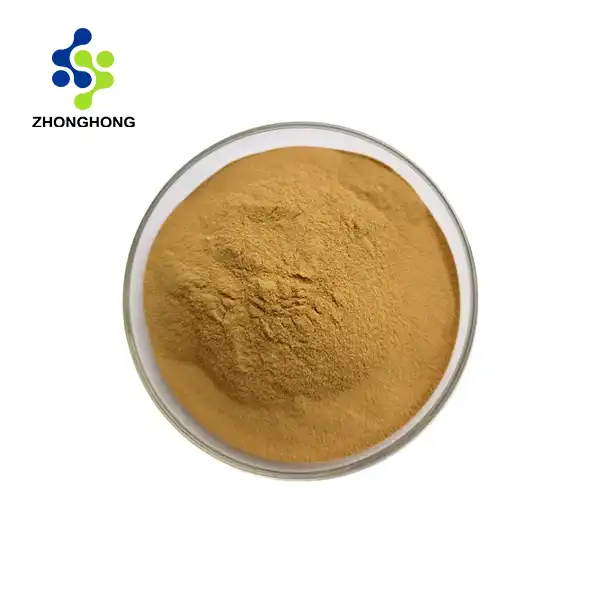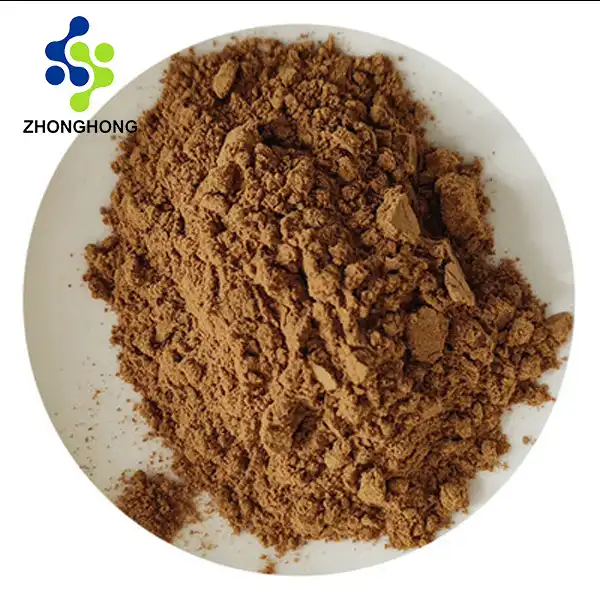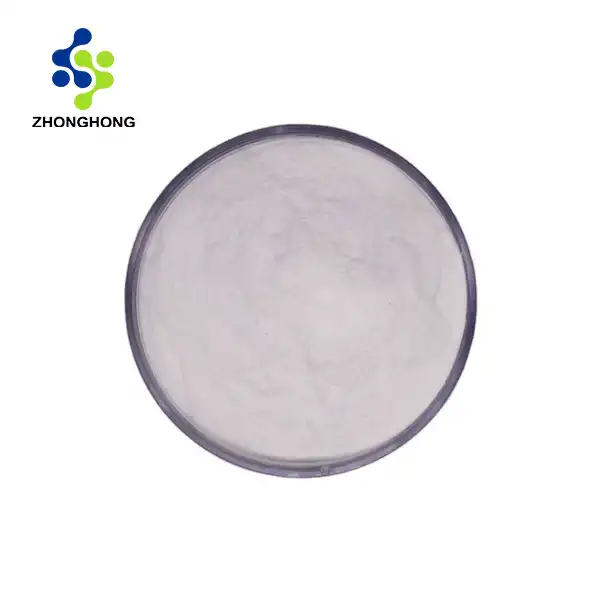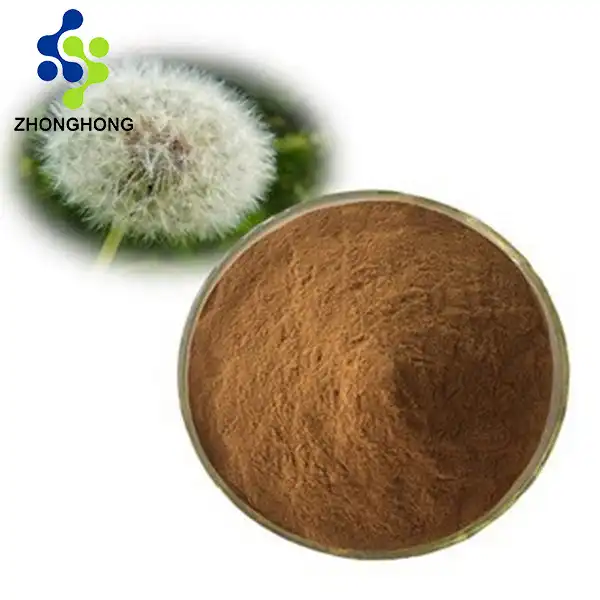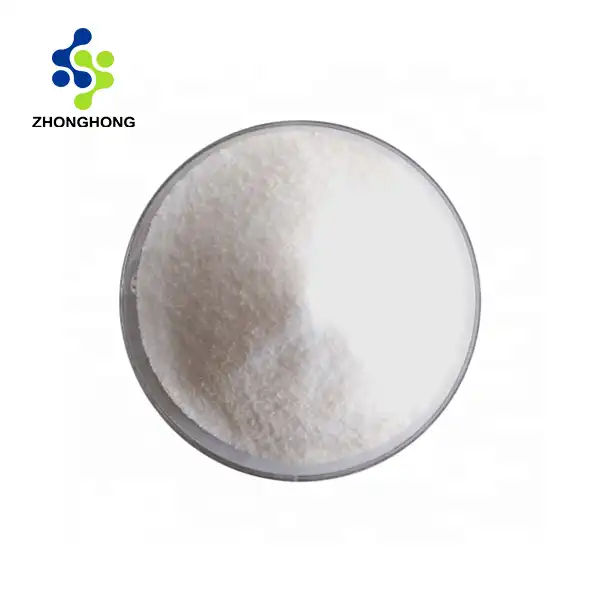The Science Behind Lupulin Extraction
Chemical Composition of Lupulin
Lupulin, the golden resin found in hop cones, is a treasure trove of bioactive compounds. Its chemical makeup is intricate, comprising a variety of substances that contribute to the characteristic bitterness, aroma, and preservative qualities of hops. Alpha acids, such as humulone and cohumulone, are primary contributors to beer bitterness. Beta acids, including lupulone and colupulone, play a role in beer stability and impart a subtle bitterness. Essential oils, like myrcene, humulene, and caryophyllene, are responsible for the diverse array of hop aromas ranging from citrusy to floral notes. Understanding this complex chemical profile is crucial for optimizing extraction methods and preserving the integrity of these valuable compounds.
Factors Affecting Extraction Efficiency
The efficiency of lupulin extraction is influenced by numerous factors. Hop variety plays a significant role, as different cultivars have varying lupulin content and composition. The maturity of the hops at harvest time also impacts the quantity and quality of extractable compounds. Environmental conditions during hop growth, such as sunlight exposure and soil composition, can affect lupulin development. Post-harvest handling is equally important; proper drying and storage techniques help preserve lupulin integrity. The particle size of the milled hops is critical, as finer particles increase surface area for extraction but may lead to challenges in separation. Temperature control during extraction is vital, as excessive heat can degrade sensitive compounds. The choice of solvent and extraction time must be carefully balanced to maximize yield without compromising quality.
Innovative Extraction Technologies
Advancements in extraction technology have revolutionized the production of hops extract powder. Supercritical fluid extraction using CO2 has gained prominence due to its ability to operate at low temperatures, preserving heat-sensitive compounds. This method also leaves no solvent residues, making it ideal for food-grade extracts. Ultrasound-assisted extraction is another innovative technique that enhances extraction efficiency by disrupting cell walls through cavitation. Microwave-assisted extraction offers rapid processing times and can be combined with other methods for synergistic effects. Enzyme-assisted extraction is being explored to improve yield and selectivity, particularly for hard-to-extract compounds. These cutting-edge technologies not only improve extraction efficiency but also allow for greater control over the final product composition, meeting the diverse needs of various industries.
Extraction Methods for Different Applications
Brewing Industry Specific Techniques
The brewing industry has developed specialized extraction methods tailored to their unique requirements. Isomerized hop extracts are produced by converting alpha acids to iso-alpha acids, which are more soluble and stable in beer. This process allows brewers to add bitterness post-fermentation, providing greater control over the final product. Reduced isomerized extracts are further processed to remove undesirable compounds that can contribute to light-struck flavors. CO2 hop extracts are particularly popular in brewing due to their clean flavor profile and consistency. These extracts can be further fractionated to isolate specific compound groups, allowing brewers to fine-tune their beer recipes with precision. Some breweries are experimenting with hop oil extracts to enhance aroma without adding bitterness, opening new possibilities in beer flavor design.
Pharmaceutical and Nutraceutical Applications
The pharmaceutical and nutraceutical industries are increasingly interested in hop extracts for their potential health benefits. Extraction methods for these applications often prioritize the isolation of specific bioactive compounds. Xanthohumol, a prenylated flavonoid found in hops, has shown promise in various health applications and requires specialized extraction techniques. Supercritical CO2 extraction, often combined with ethanol as a co-solvent, is favored for producing high-purity extracts suitable for pharmaceutical use. Countercurrent chromatography is employed for the isolation of individual compounds with high purity. Some researchers are exploring green extraction methods, such as using deep eutectic solvents, to produce environmentally friendly extracts. These advanced techniques allow for the production of standardized hop extracts with precise compound profiles, meeting the stringent requirements of the pharmaceutical industry.
Cosmetic Industry Extraction Approaches
The cosmetic industry has unique requirements for hop extracts, focusing on compounds with potential skin benefits. Gentle extraction methods are often preferred to preserve delicate active ingredients. Cold-pressed extraction is sometimes used for hop seed oil, which is rich in essential fatty acids and antioxidants. Hydrodistillation is employed to extract volatile compounds for use in fragrances and aromatherapy products. Solvent extraction using food-grade ethanol is common for producing hop extracts for skincare formulations. Some cosmetic manufacturers are exploring the use of subcritical water extraction as an eco-friendly alternative. This method can selectively extract different compound classes by adjusting temperature and pressure. The cosmetic industry also values extracts with standardized content of specific compounds, such as polyphenols, requiring precise control over the extraction process.
Quality Control and Standardization
Analytical Methods for Extract Characterization
Ensuring the quality and consistency of hops extract powder requires sophisticated analytical techniques. High-performance liquid chromatography (HPLC) is the gold standard for quantifying alpha and beta acids. Gas chromatography coupled with mass spectrometry (GC-MS) is essential for analyzing the complex profile of hop essential oils. Nuclear magnetic resonance (NMR) spectroscopy provides detailed structural information on hop compounds and is invaluable for identifying novel constituents. Spectrophotometric methods offer rapid screening for total polyphenol content. Advanced techniques like ultra-high-performance liquid chromatography (UHPLC) coupled with high-resolution mass spectrometry enable comprehensive profiling of hop extracts, detecting even trace compounds. These analytical methods not only ensure product quality but also drive innovation by elucidating the complex chemistry of hops.
Industry Standards and Regulations
The production of hops extract powder is governed by a framework of standards and regulations to ensure product safety and quality. The American Society of Brewing Chemists (ASBC) and the European Brewery Convention (EBC) provide standardized methods for hop analysis, which are widely adopted by the industry. Good Manufacturing Practices (GMP) are essential for maintaining consistent product quality. For pharmaceutical and nutraceutical applications, extracts must comply with pharmacopeia standards and undergo rigorous testing for contaminants. The cosmetic industry follows guidelines set by organizations like the Personal Care Products Council. Organic certification is increasingly important, requiring adherence to strict cultivation and processing standards. These regulations not only ensure product safety but also drive innovation in extraction technologies to meet evolving standards.
Challenges in Maintaining Extract Stability
Maintaining the stability of hop extracts is a significant challenge due to the sensitive nature of many hop compounds. Oxidation is a primary concern, particularly for alpha acids and essential oils. Proper packaging and storage conditions are crucial, often requiring oxygen-barrier materials and refrigeration. The use of antioxidants like ascorbic acid or tocopherols can help extend shelf life. Isomerization of alpha acids can occur during storage, altering the bitterness profile of the extract. This process can be minimized by controlling pH and temperature. Some manufacturers use specialized stabilization techniques, such as hydrogenation or reduction, to produce more stable extracts. The development of encapsulation technologies is an emerging area of research, aiming to protect sensitive compounds and improve their stability in various formulations. Ongoing research into the degradation mechanisms of hop compounds is driving the development of novel stabilization strategies.
Conclusion
Extracting lupulin from hops is a sophisticated process that combines traditional knowledge with cutting-edge technology. The diverse applications of hops extract powder in brewing, pharmaceuticals, and cosmetics drive continuous innovation in extraction methods. As research unveils new potential uses for hop compounds, the importance of efficient and selective extraction techniques grows. The future of lupulin extraction lies in sustainable, high-yield methods that preserve the integrity of these valuable plant compounds. If you want to get more information about this product, you can contact us at liaodaohai@gmail.com.
_1728976869676.webp)
